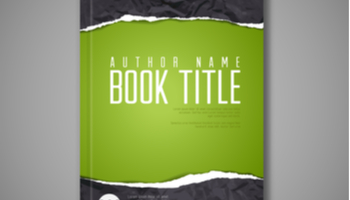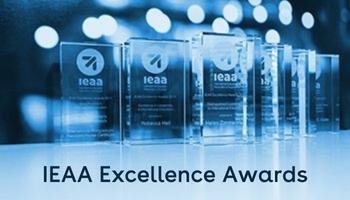Proposal tips
Is this your first time submitting for AIEC, and you’re unsure where to start? Or perhaps you’ve submitted a proposal before but have been unsuccessful?
The following advice is intended to help you craft a strong proposal.
We also encourage you to attend our Call for Proposals Information Session, or watch the recording afterwards.
 |
Think of the audience: ensure your proposal is relevant to international educationAIEC is not just an education conference, so your session must be relevant to international education professionals working specifically in the international education sector. Before conceptualising your proposal, think about the intended audience and what they will want to take away from your session. Find out more about who attends AIEC. |
 |
Innovative, applicable, insightful and evidence-basedThe selection of proposals is very competitive, so proposals that stand out:
If you can tick all of the above and also nominate a subject matter expert to present, your proposal will be scored favourably. |
 |
Ensure your title can stand aloneIt’s essential to think about the content of your title. Use keywords in the title that reflect the content of your abstract and learning objectives, not just a generic title. It’s common to go for the quirky or goofy title, to the detriment of a meaningful, albeit slightly more boring, title. While an outside-the-box title can sometimes be the right way to go (there have been great examples in the past), please ask yourself first whether this title can stand alone and whether it provides readers with a good idea of what the presentation will be about, without having to read the abstract. Due to character limitations, abstract titles must be no more than 100 characters long. |
 |
Write a strong abstractUse the abstract text field in the submission form to set the scene by providing background information, explaining the issue or challenge or identifying the process or methodology. For example: What was the purpose of the survey? Who participated in it? Who commissioned the research? If it’s an annual survey, what’s different from previous years if it has been presented at AIEC before? Don’t give away the findings, though! If you are presenting a case study, explain the purpose and objectives of the study and describe the methods used. If you are presenting and/or discussing market intelligence and data insights, tease out some of the insights, but don’t give away the key results or surprises – tantalise rather than tell-all. Some things to keep in mind:
|
 |
Clearly articulate the learning outcomes of your sessionThe learning objectives must clearly articulate what delegates will take out of the session. For example:
This information will also be key for reviewers to determine whether there is a practical application to your session. |
 |
Ensure the title, abstract and learning objectives accurately reflect what you will present in your sessionYour title, abstract and learning objectives will be published in the conference program. Delegates may decide whether to attend your session based on the abstract or just the title. It is important that delegates are not misled and that your abstract and title truly reflect the content that will be delivered in your session. Ensure that the outline information matches the information you submit in the title, abstract, and learning objectives. |
 |
Do not force the theme into your proposalPlease do not try to force the conference theme into your title. If there is a clear connection to the theme, this should naturally come through in the abstract and learning objectives. |
 |
Don’t give us a sales pitchOne of the most common reasons for rejection is when an abstract comes across as a sales pitch. Speakers from specific companies or company representatives that may appear on the program are chosen because they bring lessons learned from a peer-to-peer perspective and not because they deliver a sales pitch. The main challenge for you, especially if you work in your organisation's PR or marketing department, will be to figure out how your talk can contribute to the industry and then to articulate that. It’s about what you’ve learned, not about how great your product is. |
 |
Take the time to check grammar and spellingThis may seem obvious, but please ensure you check your proposal for typos, grammar and spelling mistakes. Spelling mistakes and poor grammar aren’t necessarily grounds for rejection, but they reflect a lack of attention to detail. This may suggest to the reviewers that a similar lack of care could be applied when preparing for the actual presentation at the conference. |
 |
Prepare in advancePlease do not wait until the eleventh hour to start your proposal. The online form requires you to provide much information; you will need time to collect and review all the details. Also, you have to include speaker profiles, so you will need to gather these from your co-speakers in advance. We encourage you to write your proposal offline in a Word document and share the draft with your co-speakers. You can then copy-and-paste the corrected and final version into the online form. |
 |
Read session abstracts from previous conferencesBefore you start your proposal, read examples of sessions on the website from last AIEC. It will give you a good idea of the tone, topics and angles that tend to fit the conference. You can also view titles and topics presented at previous conferences (without abstracts or learning objectives). We want to avoid repeating the exact same topics from one year to the next, so we suggest the reading as background only as it’s a good way to get a sense of what has been recently presented and how titles and abstracts should be focused. |
11 February - Call for proposals opens
14 March - Call for proposals closes
May - Registration open
mid-June - Program released
31 July - Super early bird registration closes
12 September - Early bird registration closes
14–17 October – AIEC 2025




